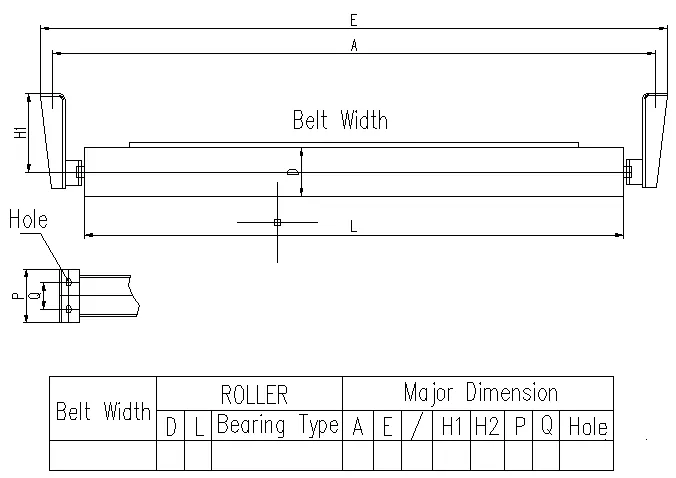 Afrikaans
Afrikaans  Albanian
Albanian  Amharic
Amharic  Arabic
Arabic  Armenian
Armenian  Azerbaijani
Azerbaijani  Basque
Basque  Belarusian
Belarusian  Bengali
Bengali  Bosnian
Bosnian  Bulgarian
Bulgarian  Catalan
Catalan  Cebuano
Cebuano  Corsican
Corsican  Croatian
Croatian  Czech
Czech  Danish
Danish  Dutch
Dutch  English
English  Esperanto
Esperanto  Estonian
Estonian  Finnish
Finnish  French
French  Frisian
Frisian  Galician
Galician  Georgian
Georgian  German
German  Greek
Greek  Gujarati
Gujarati  Haitian Creole
Haitian Creole  hausa
hausa  hawaiian
hawaiian  Hebrew
Hebrew  Hindi
Hindi  Miao
Miao  Hungarian
Hungarian  Icelandic
Icelandic  igbo
igbo  Indonesian
Indonesian  irish
irish  Italian
Italian  Japanese
Japanese  Javanese
Javanese  Kannada
Kannada  kazakh
kazakh  Khmer
Khmer  Rwandese
Rwandese  Korean
Korean  Kurdish
Kurdish  Kyrgyz
Kyrgyz  Lao
Lao  Latin
Latin  Latvian
Latvian  Lithuanian
Lithuanian  Luxembourgish
Luxembourgish  Macedonian
Macedonian  Malgashi
Malgashi  Malay
Malay  Malayalam
Malayalam  Maltese
Maltese  Maori
Maori  Marathi
Marathi  Mongolian
Mongolian  Myanmar
Myanmar  Nepali
Nepali  Norwegian
Norwegian  Norwegian
Norwegian  Occitan
Occitan  Pashto
Pashto  Persian
Persian  Polish
Polish  Portuguese
Portuguese  Punjabi
Punjabi  Romanian
Romanian  Russian
Russian  Samoan
Samoan  Scottish Gaelic
Scottish Gaelic  Serbian
Serbian  Sesotho
Sesotho  Shona
Shona  Sindhi
Sindhi  Sinhala
Sinhala  Slovak
Slovak  Slovenian
Slovenian  Somali
Somali  Spanish
Spanish  Sundanese
Sundanese  Swahili
Swahili  Swedish
Swedish  Tagalog
Tagalog  Tajik
Tajik  Tamil
Tamil  Tatar
Tatar  Telugu
Telugu  Thai
Thai  Turkish
Turkish  Turkmen
Turkmen  Ukrainian
Ukrainian  Urdu
Urdu  Uighur
Uighur  Uzbek
Uzbek  Vietnamese
Vietnamese  Welsh
Welsh  Bantu
Bantu  Yiddish
Yiddish  Yoruba
Yoruba  Zulu
Zulu conveyor drum lagging
Conveyor Drum Lagging Importance, Types, and Benefits
In the world of industrial operations, conveyor systems play a critical role in the transportation of materials. A conveyor belt is only as efficient as its components, and one of the key elements that contribute to its optimal performance is the conveyor drum lagging. This article delves into what conveyor drum lagging is, its various types, and why it is essential for enhancing conveyor efficiency.
What is Conveyor Drum Lagging?
Conveyor drum lagging refers to the application of a wear-resistant material to the surface of the drive drums (or pulleys) in a conveyor system. This material serves several purposes, mainly to improve the friction between the conveyor belt and the drum, thereby ensuring efficient power transfer and reducing slippage. Over time, the drum's surface can wear down, which may lead to reduced traction, increased energy consumption, and ultimately, decreased operational efficiency. Therefore, lagging is vital for maintaining the functionality and extending the lifespan of the conveyor system.
Types of Conveyor Drum Lagging
There are several types of conveyor drum lagging materials, each with its advantages and applications
. The most common types include1. Rubber Lagging This is the most widely used lagging material due to its high friction coefficient, durability, and resistance to wear and tear. Rubber lagging can be found in various thicknesses and hardness levels, making it adaptable to various operational conditions. It is particularly effective in preventing slippage in wet or muddy environments.
2. Ceramic Lagging For applications requiring extra grip and durability, ceramic lagging is an ideal choice. Ceramic tiles can be bonded to a rubber backing, providing a hard surface that resists wear and offers excellent traction, particularly in heavy-duty applications. It is commonly used in mining and bulk material handling.
3. Polyurethane Lagging This type of lagging is known for its flexibility and resistance to abrasion. Polyurethane offers excellent anti-slip properties and is often employed in environments where rubber may not perform well, such as those involving high temperatures.
4. Metal Lagging While not as common as rubber or ceramic options, metal lagging can be useful for specific applications where additional strength and durability are required. Steel lagging often comes into play in high-impact environments, although its weight can be a drawback.
conveyor drum lagging

Benefits of Conveyor Drum Lagging
Investing in proper drum lagging brings several important benefits
1. Enhanced Friction Properly lagged drums ensure optimal friction between the belt and the drum, which translates into improved power transmission. This can help to decrease the workload on motors and reduce energy consumption, leading to cost savings.
2. Reduced Slippage Lagging significantly minimizes the risk of belt slippage, which is crucial for maintaining a consistent flow of materials. Reduced slippage leads to more reliable operations and reduces wear and tear on both bearings and belts.
3. Increased Equipment Life By protecting the drums from wear and tear, lagging extends the lifespan of the conveyor system. This leads to lower maintenance costs and minimizes downtime caused by unexpected repairs or part replacements.
4. Safety Improvements Proper lagging can help to stabilize the conveyor system, minimizing the risk of accidents due to slipping or material spillage. This contributes to a safer working environment, protecting both equipment and personnel.
5. Versatility Different environments and materials may require different types of lagging. The availability of various lagging materials means that operations can choose the most suitable option tailored to their specific needs.
Conclusion
Conveyor drum lagging is an often-overlooked component in the efficiency of conveyor systems. By choosing the right type of lagging, industrial operations can enhance the functionality of their conveyor systems, reduce costs, and improve safety. In an industry where efficiency matters, investing in proper drum lagging is an essential step towards achieving optimal performance. As we delve deeper into the challenges of modern manufacturing and logistics, the significance of conveyor drum lagging will only continue to grow.
-
Revolutionizing Conveyor Reliability with Advanced Rubber Lagging PulleysNewsJul.22,2025
-
Powering Precision and Durability with Expert Manufacturers of Conveyor ComponentsNewsJul.22,2025
-
Optimizing Conveyor Systems with Advanced Conveyor AccessoriesNewsJul.22,2025
-
Maximize Conveyor Efficiency with Quality Conveyor Idler PulleysNewsJul.22,2025
-
Future-Proof Your Conveyor System with High-Performance Polyurethane RollerNewsJul.22,2025
-
Driving Efficiency Forward with Quality Idlers and RollersNewsJul.22,2025





























